ADVENTURE FOOD is a Dutch brand which produces a range of freeze-dried expedition meal pouches sometimes found in ration packs, writes Bob Morrison.
~
Founded in the Netherlands in the 1990s and acquired by Dutch expeditionist Hans van der Meulen in 2003, the company Adventure Food BV was acquired by the NutriDry Group of France in 2022. Following this takeover, the ADVENTURE FOOD brand continues to be produced in the Netherlands, but the associated EMERGENCY FOOD brand is now being produced in France. At the SOFINS 2023 French Special Forces expo earlier this year we were both brought up to speed on the company changes and also given some of the repackaged ADVENTURE FOOD meal pouches to take away and try for ourselves.
Currently the ADVENTURE FOOD freeze-dried range consists of 17 main meal pouches, of which eight are vegetarian and one contains fish, plus two breakfast and three dessert pouches. Main meals have a net weight of 140-150g and generate 600kcal and desserts weigh about half and generate 300kcal. All come in zip-locked pouches, with bowled bottoms to allow eating straight from the packaging, and require eight minutes standing time once water (hot for mains and cold for breakfasts and desserts) has been added and well stirred in. Shelf life is 48 months, but if properly stored it is likely they would remain edible for much longer which makes them ideal for the survivalist.
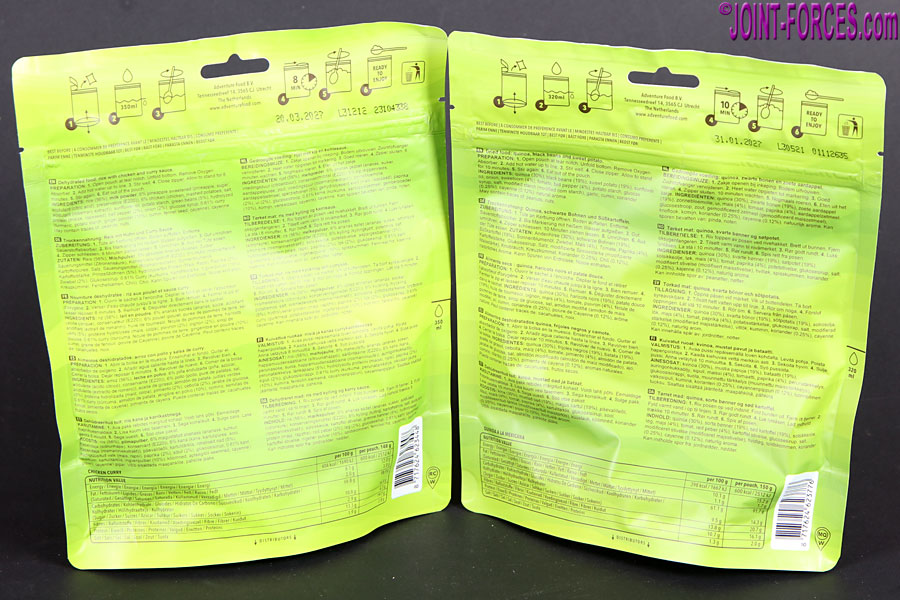
The three main meals I tried out, over the course of several days, were: Bobotie ~ a southern African dish influenced by Dutch settlers which consists primarily of rice, beef, apple and raisins with egg and green beans; Chicken Curry ~ a mildly spiced concoction of rice with chicken, pineapple, green beans and potatoes; and Mexican Quinoa ~ a vegetarian blend of quinoa seeds, black beans, sweet potato, sweetcorn, bell peppers and tomatoes. All were tasty, albeit lacking any kick, and they reconstituted well after a good stir at the start and end of the prescribed standing time. The dessert, which I decanted into a glass to photograph it, was full of vanilla flavour but a bit lacking in texture and if I found this in a ration pack I think I would add fruit jam to break the monotony.
There are markings printed inside each pouch to help the user add the required amount of water for reconstitution, which varies from meal to meal, but as I never trust these I use a calibrated jug to measure the precise amount stipulated. I noticed that after adding the measured water the level was several millimetres below the marked line, though once the contents absorbed it and expanded the level rose, so if mixing in the field I think I would initially under-fill and then top up to the line after giving a very good stir. When preparing freeze-dried meals for review I generally do so under kitchen / laboratory conditions, rather than fiddling about in the cold and dark under field conditions, and sometimes I wonder if those who specify contents of military ration packs ever have to prepare their meals like soldiers have to do. I suspect not.
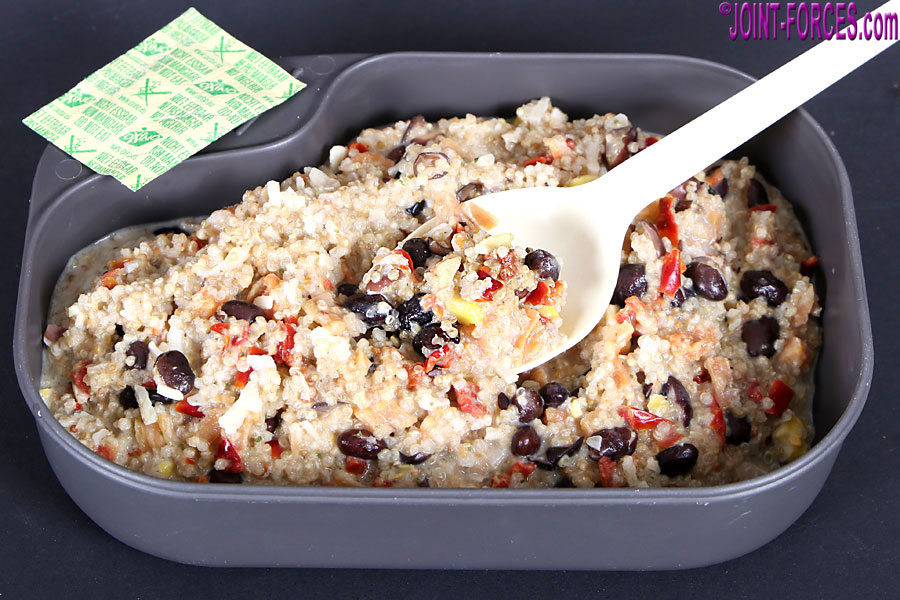
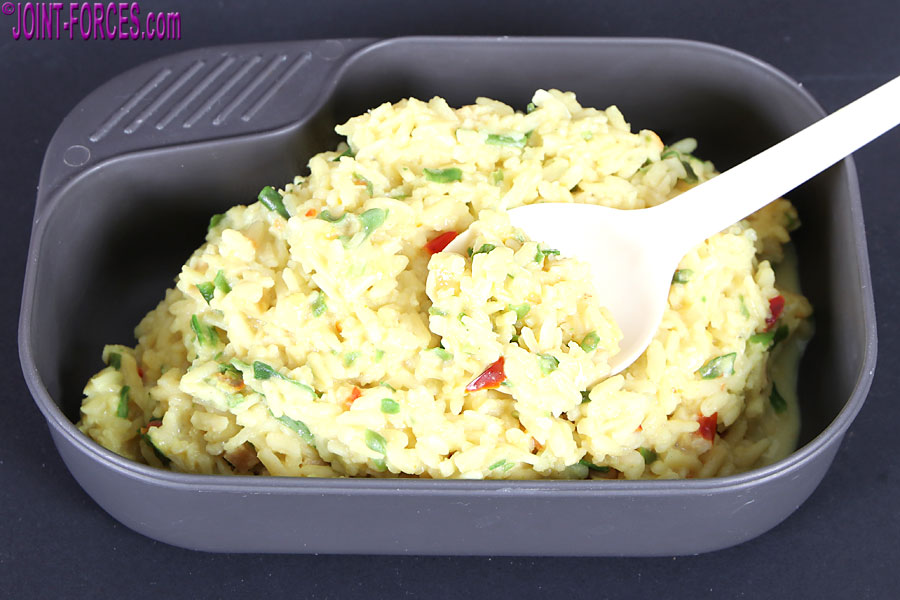
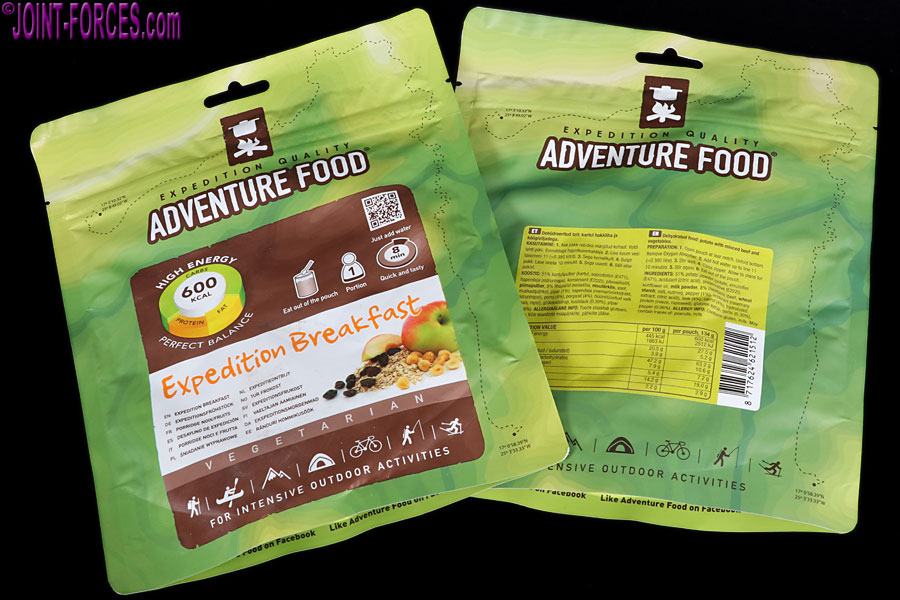
For my next article in this section I plan to explore the French VOYAGER freeze-dried range, another brand owned by the NutriDry Group, which occasionally pops up in military ration packs.
[images © Bob Morrison]
~



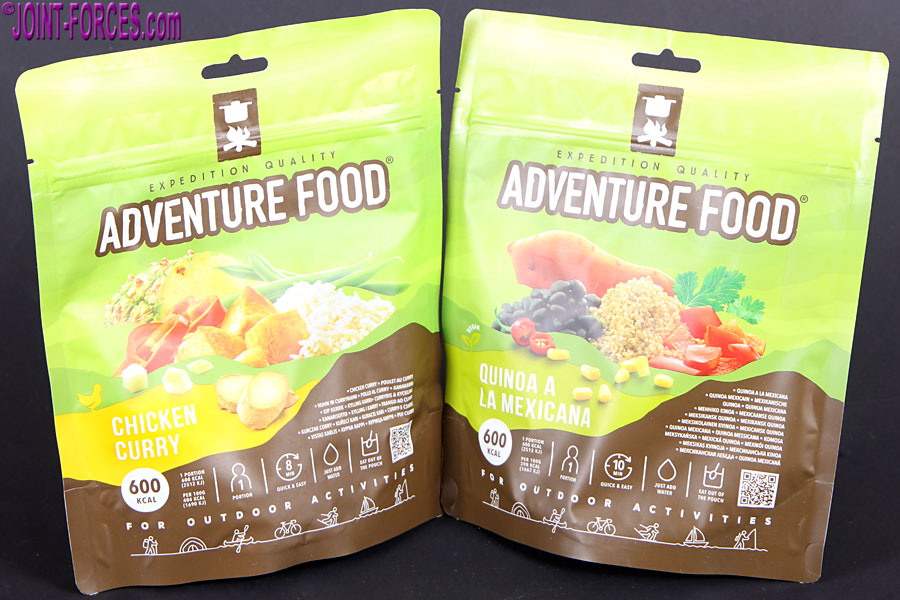
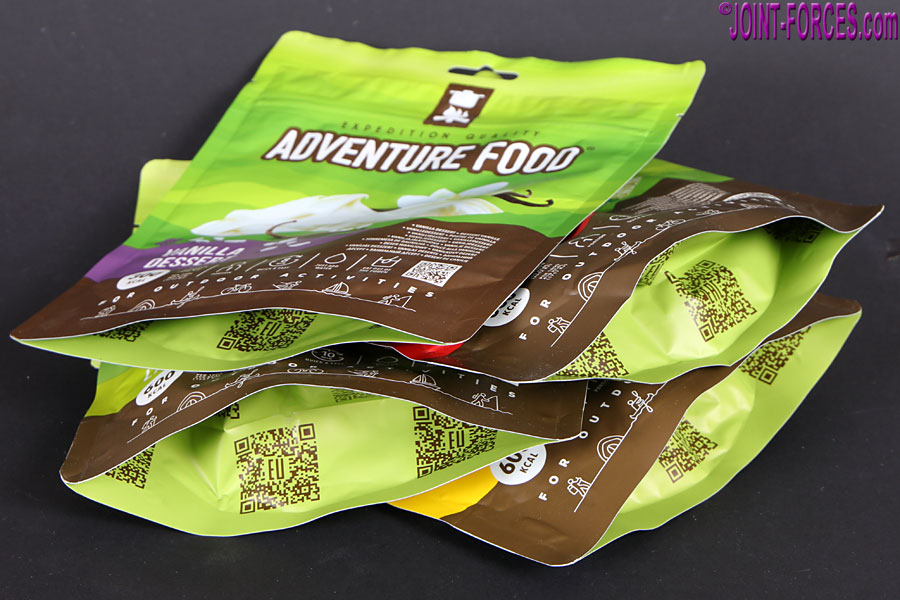
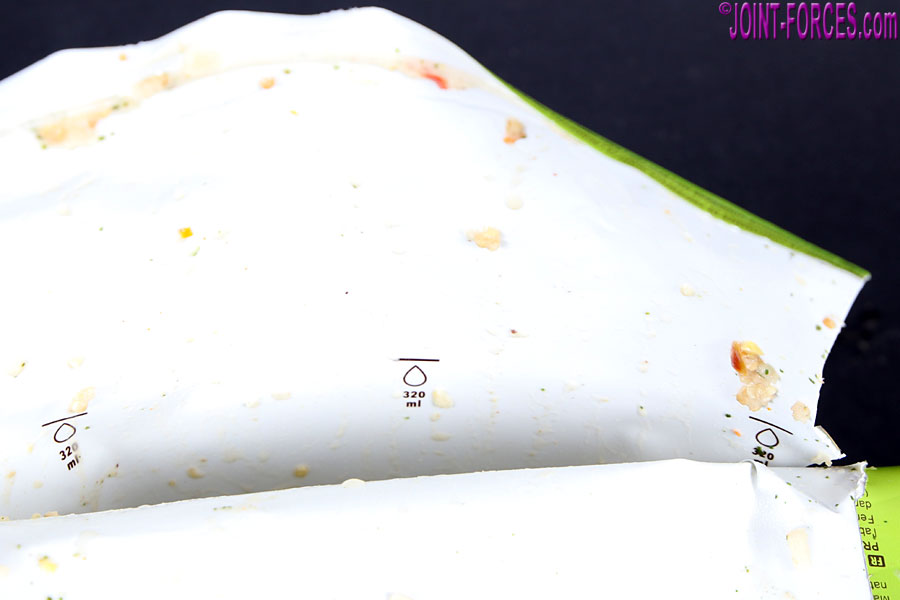
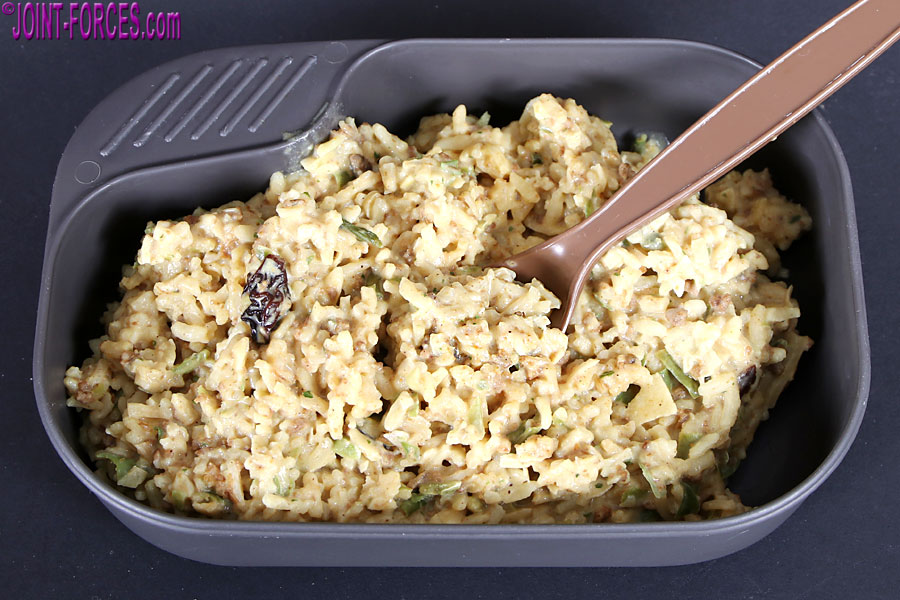
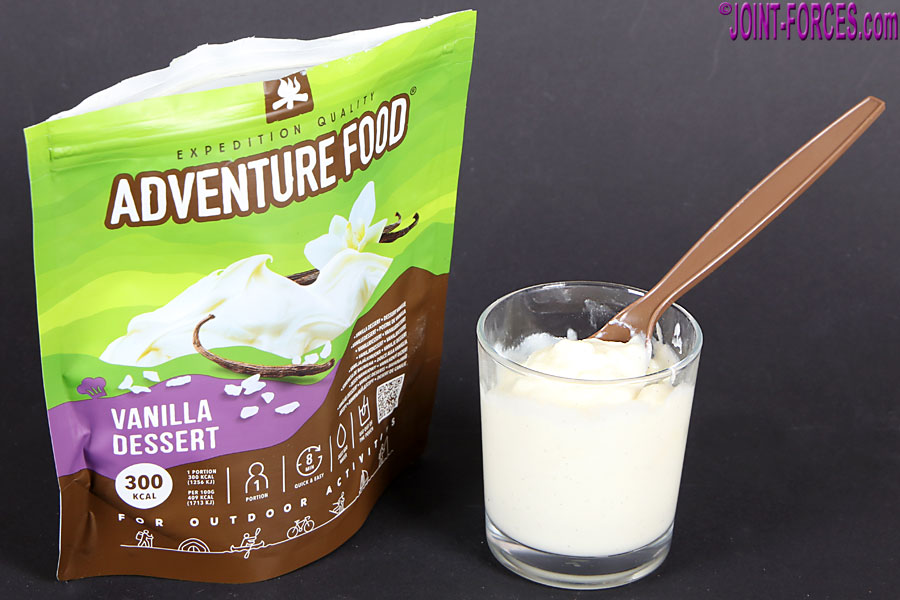
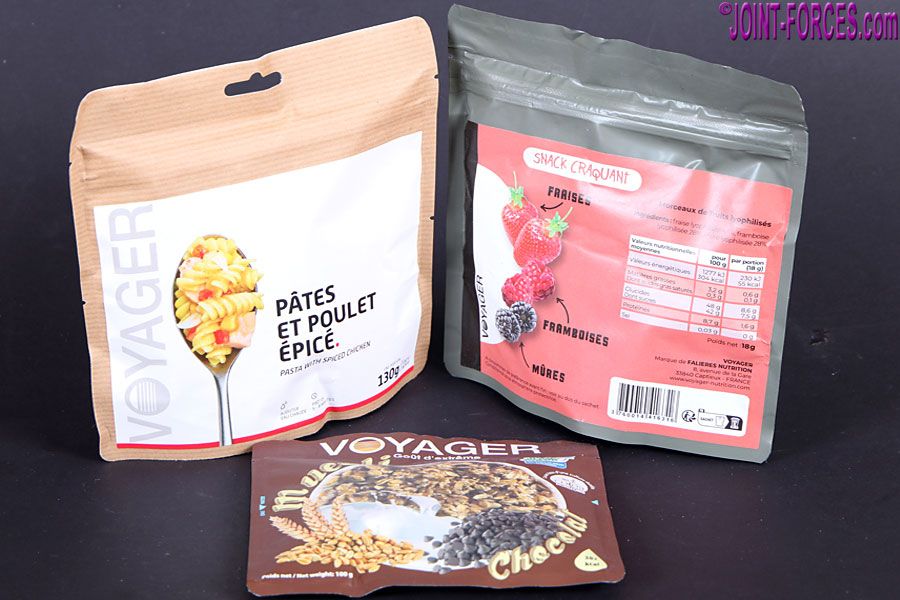





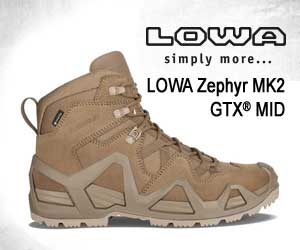

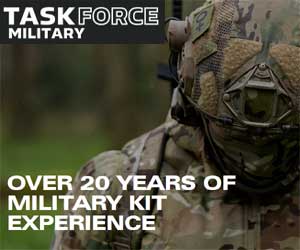



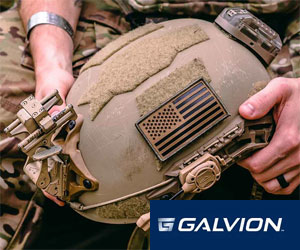

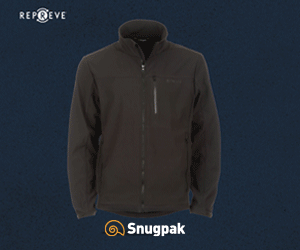

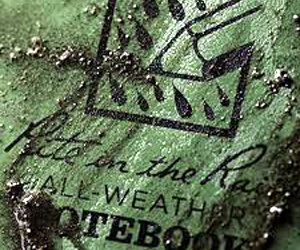

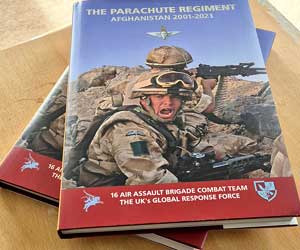
Pingback : VOYAGER NUTRITION Freeze-Dried Meal Pouches | Joint Forces News